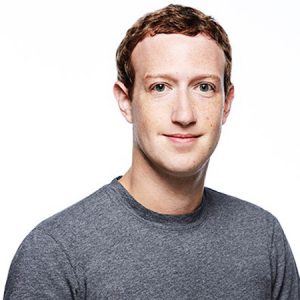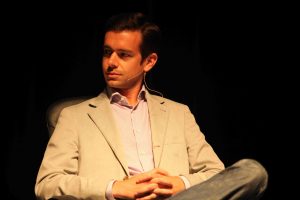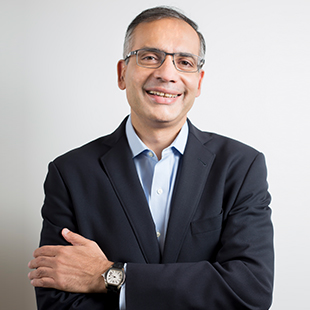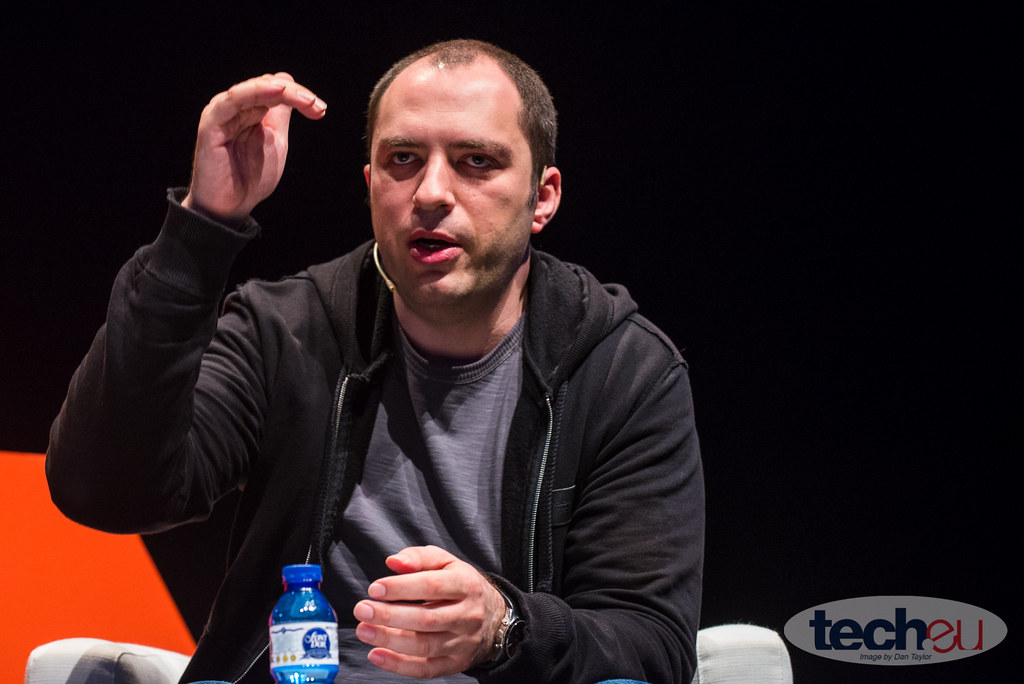Mark Zuckerberg : The Founder & CEO of World’s Biggest Social Network
The inventive programmer and the youngest billionaire of the world, Mark Zuckerberg needs no introduction. The CEO and the founder of Facebook, the largest social media network, was once the captain of the fencing team of his school. The young entrepreneur was always interested in programming and used to develop games based on the sketches, his artist friends made. Having a few lawsuits in his name and films made on his life story, Zuckerberg is among the few programmers who have established themselves as the smartest entrepreneurs of the world.
Early Life
Mark Zuckerberg aka Mark Elliot Zuckerberg was born on May 14, 1984, in White Plains, New York, and grew up in the suburbs of Dobbs Ferry, New York. His father Edward Zuckerberg, a dentist and mother Karen (née Kempner), a psychiatrist, belonged to a Jewish family. He was a bright student and always topped in the class. He completed his schooling from Ardsley High School and Phillips Exeter Academy, in New Hampshire. He excelled in mathematics, astronomy, physics and won many prizes in quiz competitions of his school. By the end of his school, he became proficient in French, Hebrew, Latin, and ancient Greek.

Zuckerberg owned his first PC Quantex 486DX, on the Intel 486, when he was in middle school. He, eventually, grew an interest in programming languages and ended up learning Atari BASIC Programming form his father. He also received a private tuition to learn more about programming. Soon, he started developing small applications and developed a program, that connected the computers of his father’s office, through a messenger named ZuckNet. During his final year, at the high school, he joined a company name Intelligent Media Group, that worked to build a music player Synapse Media Player. The media player was developed using AI technology, that enabled it to create a playlist based on the music choice of the user. The music player even grabbed the attention of Microsoft and AOL.
Founding Facebook
After completing his school, due to his outstanding performance, he managed to get admission in one of the top universities of America, the Harvard University. By creating some useful software and games, he had already made his reputation as a programmer. He adopted Computer Science and Psychology as his major subjects. His first software at his college was the CourseMatch. The software helped the students to choose the right course and help others with their choices.
In the summer of 2003, Zuckerberg created a website for the students of the Harvard, named as Facemash. The project was developed during one his insomniac nights. The website was inspired by the college yearbook Facebook, that included the profiles of the students having their personal details and pictures in it. The concept behind Facemash was to compare two students based on their appearance. Most of the students enjoyed using it and the others complained about Zuckerberg, saying that he was using their personal data, without permission. The site got shut down within two days and Zuckerberg had to apologise to the students.
After the failure of Facemash, he started working on his new project, The Facebook. Zuckerberg launched the website after one month, i.e., on 4 February 2004. The website was basically designed for the students of Harvard, to help them connect with each other, easily. The website became an instant hit, and just after a year, it expanded to other colleges and schools, in the city. In the second year of his college, he left his studies in between, to work full-time on The Facebook. The founder of PayPal, Peter Thiel, became its first angel investor, by investing $500,000. Soon, Facebook had 50 million registered users, and Zuckerberg started receiving offers to sell Facebook, from large companies, like Yahoo. Even receiving offers worth billions, he never accepted one. Although, he himself acquired many major projects like What’s App and Instagram.
The Lawsuit
On the initial launch of Facebook, three of Zuckerberg ‘s seniors at the University, Divya Narendra, and twin brothers Cameron Winklevoss and Tyler Winklevoss, accused Zuckerberg of stealing their idea. According to them, Facebook was based on their idea, that was to create a platform to connect the students of Harvard. They even claimed that they had hired Zuckerberg to work on their website. Later, they even sued him for the same. In the end, there was a settlement between them, for 1.2 million Facebook shares.
Personal Life
Zuckerberg married his longtime girlfriend and fellow student from Harvard, Priscilla Chan, on 19 May 2012. The couple has two daughters Maxima Chan Zuckerberg and August Chan Zuckerberg.
In July 2018, Zuckerberg became the third richest person in the world $81.6 billion net worth. Although, within a week, his net worth was tumbled nearly $20 billion, eliminating him from the position of the third richest person.

Yashica is a Software Engineer turned Content Writer, who loves to write on social causes and expertise in writing technical stuff. She loves to watch movies and explore new places. She believes that you need to live once before you die. So experimenting with her life and career choices, she is trying to live her life to the fullest.






